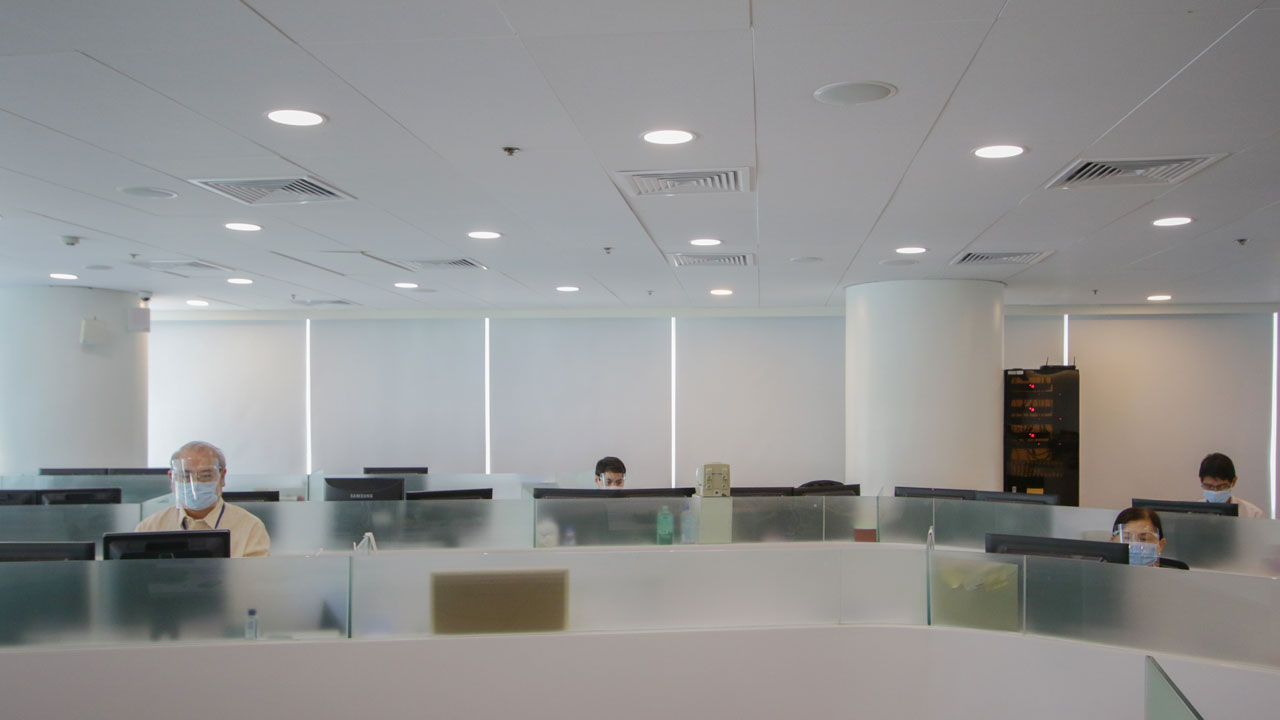Shares to move sideways on easing rate cut bets

PHILIPPINE SHARES may move sideways this week as investors pick up cheap stocks and amid expectations of elevated interest rates here and abroad due to persistent upside risks to inflation.
On Friday, the 30-member Philippine Stock Exchange index (PSEi) fell by 0.27% or 18.26 points to end at 6,659.39, while the broader all shares index dropped by 0.24% or 8.47 points to close at 3,517.40.
Week on week, the PSEi went down by 1.28% or 86.07 points from its 6,745.46 close on April 5.
“The local bourse continued its slide this shortened trading week as macro headwinds persisted after another red-hot United States inflation print for March,” online brokerage firm 2TradeAsia.com said in a market note.
The US consumer price index (CPI) rose 0.4% in March, steady from the February level, the US Labor department reported last week. In the 12 months through March, the CPI increased 3.5% after rising 3.2% in February.
For this week, Philippine shares could move sideways as market players pick up bargains, Philstocks Financial, Inc. Senior Research Analyst Japhet Louis O. Tantiangco said in a Viber message.
“The local market is currently at a price-to-earnings ratio of 13.3 times, lower compared to its 2019-2023 average of 18.2 times. At its current position, bargain opportunities are seen. Hence, this week, we may see episodes of bargain hunting,” he said.
“However, worries over the Philippines’ inflation and interest outlook are expected to persist, which in turn may continue to weigh on the market. This comes amid the mounting inflationary risks that raise the possibility of a delayed rate cut by the Bangko Sentral ng Pilipinas (BSP). Concerns over the possibility of a delayed rate cut by the Federal Reserve amid the US’ inflation picture may also dampen sentiment,” he added.
BSP Governor Eli M. Remolona, Jr. last week said they could begin their policy easing cycle later than initially expected as they have become “more hawkish than before” due to persistent upside risks to inflation stemming from higher food and transport costs.
The central bank hiked borrowing costs by 450 basis points (bps) from May 2022 to October 2023 to help bring down elevated inflation.
Meanwhile, Fed officials last week said the faster-than-expected US CPI print in March shows inflation in the world’s largest economy remains sticky, reducing the urgency for rate cuts.
The Fed last month kept its target rate at the 5.25%-5.5% range for a fifth straight meeting following cumulative hikes worth 525 bps from March 2022 to July 2023.
“The next local policy rate-setting meeting on May 16 could match the Fed’s rate pause expected on May 1 in order to maintain healthy interest rate differentials to help stabilize the peso exchange rate,” Rizal Commercial Banking Corp. Chief Economist Michael L. Ricafort said in a Viber message.
Mr. Tantiangco placed the PSEi’s support at 6,400 and resistance at 6,700, while 2TradeAsia.com put immediate support at 6,500-6,600 and resistance at 6,800. — R.M.D. Ochave
